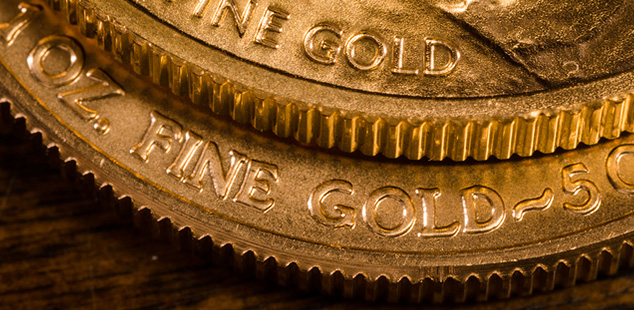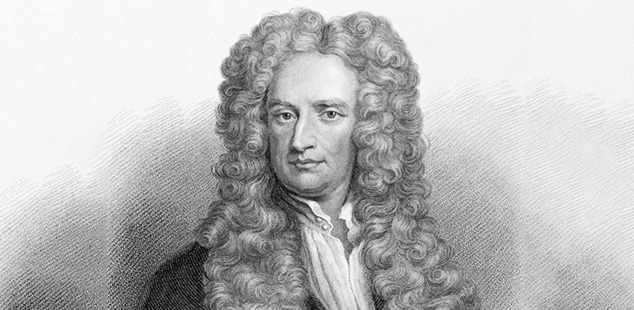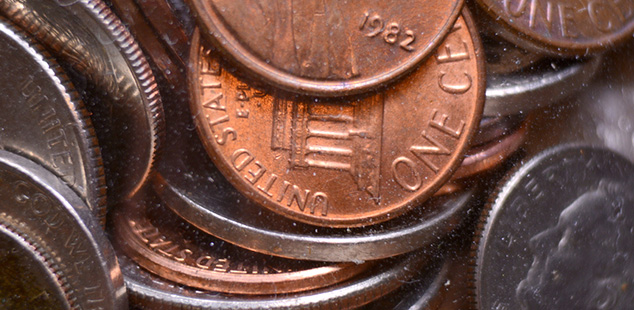
The nickel and penny have no grooves along their edge, while the dime and quarter do. Why do some coins have ridges while others do not?
Every ten-year-old kid knows that they can skim a bit of ice cream from the top layer of the carton without making it look like any has disappeared. What holds true for desserts also holds true for currency. For nearly as long as humans have been buying gold and silver, enterprising thieves were bright enough to cut off small slivers of the edges of currency in order to keep a bit of the wealth without making it noticeably smaller.
One coin’s shavings may not bring much wealth to a thief, but after dozens or hundreds of coins over a time span of weeks or months, this could create quite a profit. For example, some Roman silver coins were found in a cache in Britain; the top-most appears new and unaltered, while the middle and bottom coins have had so much silver shaved away that you can no longer read the words along the sides. The issue of coin shaving has plagued kings and emperors throughout the history of coinage—that is, up until one prodigious man developed a solution.
Warden of the Mint: Isaac Newton

History remembers Isaac Newton for his treatise on gravity, which legend holds that he developed after watching an apple fall from tree to ground (today immortalized by the apple-filled cookies bearing his name). Newton did far more than watch fruit, however. He developed calculus, invented the reflective telescope, and is credited with being the first person to put a small door in a larger door so that pets could go through.
He also served as the Warden of the Mint for England at a time when the finances of the kingdom were going haywire. English silver pennies had less value than their weight in silver, meaning that you could sell anything to raise some cash, melt down the coins, and sell silver to another country to make a tidy profit.
Beginning with his term in 1696, Newton took steps to overhaul the English currency system: he recalled every coin in the country to eliminate forgeries and re-cast the nation’s cash. At this point, to deter coin shaving, he added a system of ridges so that no coin could be shaved or clipped in order to benefit unscrupulous wheelers and dealers. Thus was born coin ridges, a technique used by nearly every country today.
U.S. Coinage
If you remember from history class, the first U.S. government was not that of president and congress but the Articles of Confederation, which created a weak national power, where each state held practically its own sovereign power. Each state could mint its own currency and apply its own tariffs to trade under the Articles of Confederation, but this eventually led to deadlocks and currency imbalances between powerful states and their weaker, poorer neighbors. With the abolition of the Articles and the creation of the Constitution in 1787, Congress gained the right to mint all coins and apply all currency regulations.
The fight for a national banking system, led by Alexander Hamilton (he of the $10 bill), led to the Coinage Act of 1792. Congress declared that all dollar and dime coins minted within the United States had to have their face value in either gold or silver, respectively; cent coins cast from copper had too little value to worry about the exact figure. To accomplish this, the national mint in Philadelphia began churning out both gold and silver coins—which coin shavers eagerly pounced upon.
Eventually, the same solution that Newton happened upon a century earlier proved perfect for the new U.S. mint: the ridging process for American coins, known as reeding, not only made it impossible for coin shavers to get away with passing off debased currency but also made it extremely difficult to counterfeit the new coins.
Small Change

The reason why today’s pennies and nickels have no ridges is due to the lower value. Copper and zinc make up the penny while copper and nickel make up the nickel; as each metal is extremely cheap, the U.S. mint doesn’t bother to attach ridging to these small coins since there’s no longer any coin shavers who take advantage of the smooth edges.
Given the federal laws against debasing currency, furthermore, and the fact that the Secret Service prosecutes currency debasement, it’s no longer easy to get away scot-free after shaving a coin. Ironically, today there’s even more reason to shave off smaller coins, though we don’t recommend doing so. It actually costs more to produce the penny than the coin is worth itself, meaning that the copper within the coin is more valuable than the actual coin. In almost any other century, this would be attractive to coin shavers, but this profession has long gone the way of the dodo bird.

